Cats are fastidious creatures, and their litter box habits are no exception. For cat owners, maintaining a clean and odor-free home often hinges on how well they manage their cat's litter box. One question that frequently arises is whether you can put pee pads under litter to help with this task. This article delves into the practicality and benefits of using pee pads beneath cat litter, offering insights and tips for pet owners.
Key Takeaways:
- Pee pads can be used under litter boxes to provide an additional layer of protection against leaks and spills.
- Proper placement and regular maintenance of pee pads can enhance cleanliness and odor control in your home.
- Understanding your cat's preferences and behavior is crucial when integrating pee pads into their litter routine.
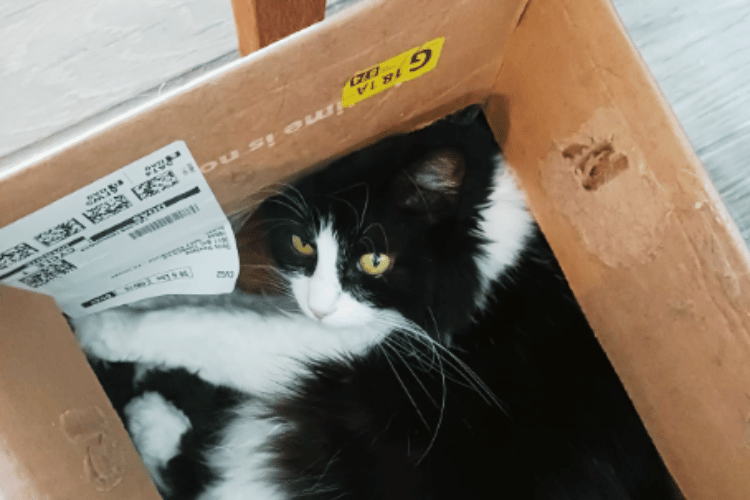
Understanding the Basics of Litter Boxes and Pee Pads
Litter boxes are an essential part of a cat's life, providing a designated spot for them to relieve themselves. The type of cat litter you choose can make a significant difference in controlling odors and making cleanup easier. On the other hand, pee pads, commonly used for puppy potty training, are absorbent mats designed to soak up urine. They can be a useful tool for cat owners as well.
The Role of Pee Pads in Litter Box Management
Pee pads can serve as a protective layer under litter boxes, especially for cats that tend to urinate over the edge or dig vigorously, causing litter to scatter. By placing a pee pad under the litter tray, you can catch any excess waste that escapes, making it easier to keep the surrounding area clean.
Selecting the Right Pee Pads for Your Feline Friend
When choosing pee pads for your cat, consider factors such as absorbency, size, and material. High-quality pee pads that can hold a significant amount of liquid without leaking are ideal. Ensure the pad is large enough to extend beyond the edges of the litter box for maximum coverage.
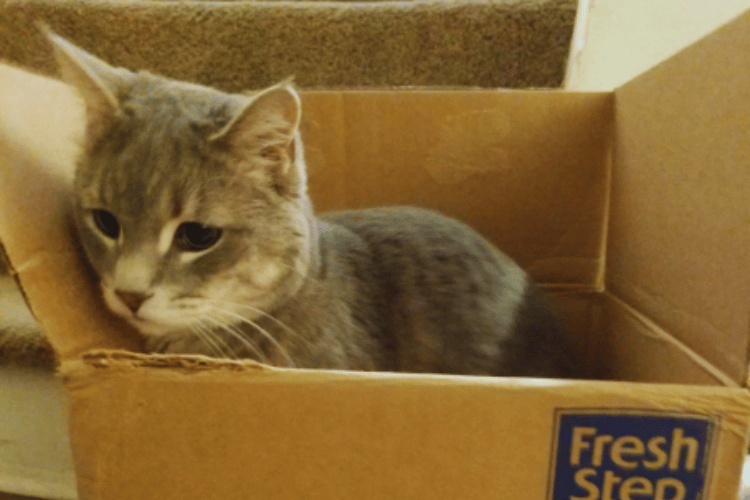
Positioning Pee Pads for Optimal Use
Proper placement of pee pads is crucial. Lay the pad flat on the floor where you intend to place the litter box, then set the box on top. Make sure the edges of the pad are accessible for easy removal and replacement. Some pee pads come with adhesive strips to secure them to the floor, preventing slippage.
The Benefits of Using Pee Pads Under Litter
Integrating pee pads into your litter box setup can offer several advantages. They can protect your floors from stains and odors, simplify the cleaning process, and provide peace of mind knowing that any accidents are contained. For households with multiple cats or small dogs, pee pads can be a game-changer in maintaining hygiene.
How Pee Pads Can Save Time and Effort
By absorbing excess urine and containing litter scatter, pee pads can reduce the frequency of deep cleaning around the litter box area. This means less time spent constantly cleaning and more time enjoying the company of your furry friend. Additionally, pee pads can be easily disposed of and replaced, streamlining the maintenance routine.
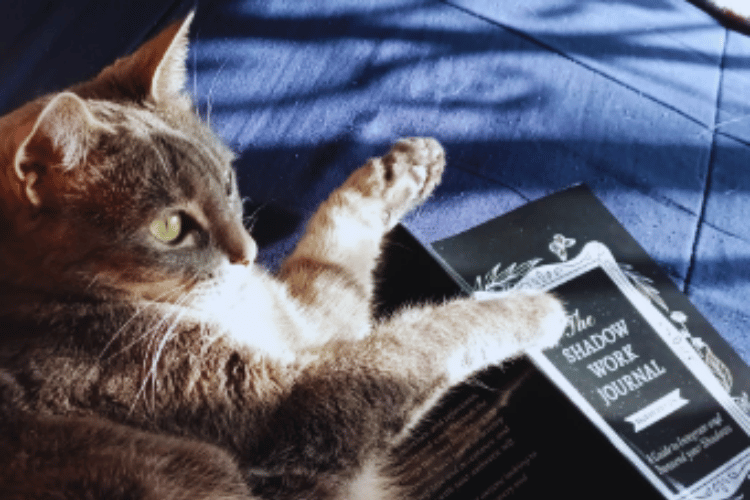
Addressing Common Concerns with Pee Pads and Litter Boxes
Some cat owners may worry that using pee pads could confuse their cats or disrupt their litter box habits. However, with proper introduction and consistency, most cats adapt quickly to the presence of pee pads. It's important to monitor your cat's behavior and make adjustments as needed to ensure they are comfortable using the litter box with pee pads underneath.
Ensuring Your Cat's Comfort and Acceptance
Cats can be particular about changes to their environment, so it's essential to introduce pee pads gradually. Place the pads under the litter box without making any other alterations to their routine. Observe your cat's reaction and provide reassurance and treats to reinforce positive associations with the new setup.
The Convenience of Puppy Pads in Litterbox Training
When it comes to litterbox training, incorporating puppy pads into the mix can be a game-changer, especially for a young kitten or a small dog who is just learning the ropes. Puppy pee pads offer a convenient and hygienic solution for those inevitable accidents that occur during the potty train phase. By placing these pads around the house, particularly near the litterbox or in areas where your pet has previously had accidents, you can protect your floors and make clean-up a breeze.
For pet owners who have noticed their furry friends prefer certain spots like the carpet by the door or the throw rugs in the living room, strategically placed puppy pads can save the day. They act as a temporary target for your pets to relieve themselves while they're still mastering the art of using the litterbox consistently. Over time, as your kitten or puppy becomes more adept, you can gradually move the pads closer to the litterbox until they're no longer needed. The Art of Potty Training with Potty Pads Potty training is a crucial phase for both puppies and kittens, and incorporating potty pads can be a game-changer. When you decide to use potty pads, you're providing a designated spot for your pets to relieve themselves, which can be especially helpful during the early weeks of training. For puppies, who may need to go more frequently, potty pads can be placed inside the crate or in a specific area of the home, ensuring that accidents are contained and easy to clean one up.
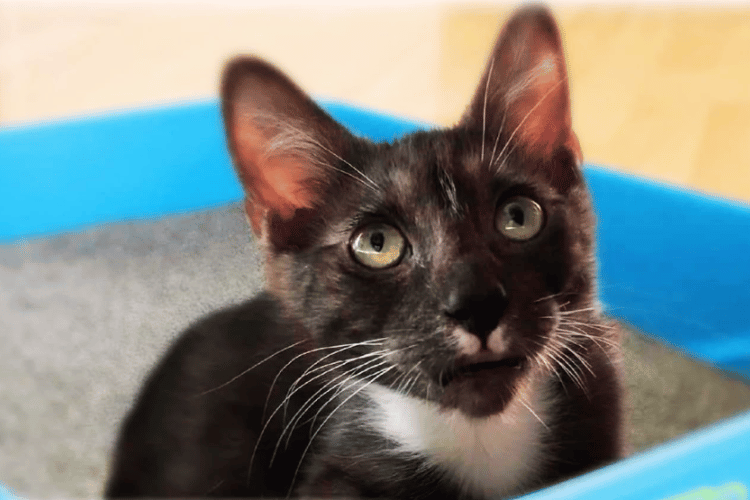
For kitty owners, potty pads can serve as an additional layer of protection beneath litter boxes. Cats naturally bury their waste, but sometimes, they get it wrong and miss the box. By placing a potty pad underneath, you catch any stray dirt or litter, making maintenance a breeze. Plus, it's a relief to know that if your kitty decides to go outside the box, you won't have to wash the floor every time—just swap out the pad, and you're good to go!
Creating a Hygienic Environment for Your Furry Friends Honestly, nobody likes a smelly pet area, and that's where potty pads can truly shine. They're designed to lock in odors, keeping your home smelling fresh. Whether it's for your kitty or your new puppies, these pads can absorb smells and liquids quickly, meaning you can hang onto that clean, inviting home atmosphere for longer. And when it's time to clean up, you can simply toss the used pad and replace it with a new one, reducing the time you spend scrubbing and washing.
Moreover, potty pads can help keep your pet's feet clean, which is a big plus for both you and your furry friend. After using the litter, cats can step onto the pad to remove any litters stuck to their paws, preventing those tiny particles from being tracked around your home. For puppies, a well-placed potty pad means they won't have to tread through their messes, which can lead to a cleaner crate and a happier, healthier pup.
Exploring the Smell Factor: Pee Pads and Litter Box Harmony
When it comes to managing your cat's litter box, the smell can be a significant concern for many pet owners. Integrating pee pads beneath the litter can be a game-changer in this regard. The additional layer of absorption that pee pads provide helps to trap odors that would otherwise permeate the room. This is especially beneficial for those living in smaller spaces where the litter box is in close proximity to living areas. By capturing the smell at the source, pee pads can make cohabitating with your feline friend a fresher experience.
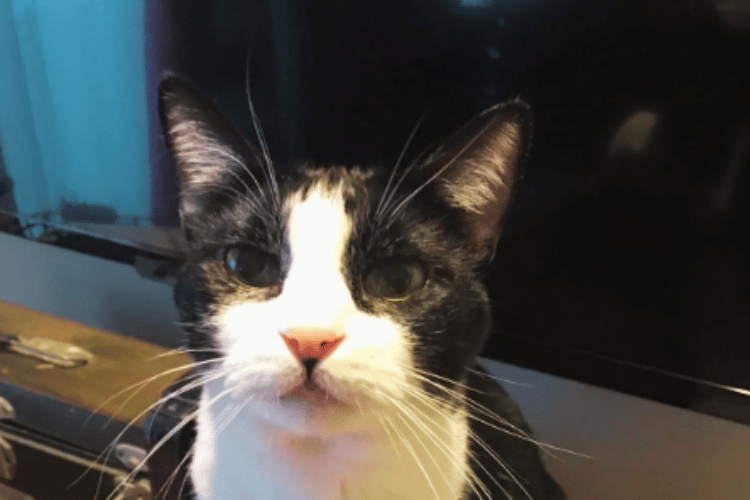
Moreover, pet owners have realized that the type of litter used can also affect the overall smell. Some litters are better at controlling odor than others, and when combined with a pee pad, the results can be significantly improved. It's important to select a pee pad that has a high absorbency rate to complement the litter's odor-control properties. This duo can help maintain a more pleasant and inviting home environment, ensuring that the only thing that stands out is the love for your pet, not the smell of their litter box.
The Kibble Connection: Litter Box Cleanliness and Cat Food
Believe it or not, the type of kibble you feed your cat can have an indirect impact on litter box maintenance. High-quality kibble can lead to healthier digestion and firmer stools, which in turn can make the litter box easier to clean. When stools are well-formed, they are less likely to stick to the sides of the litter box or crumble into smaller pieces that are harder to scoop. This means that when you place a pee pad under the litter, it's more likely to stay clean and last longer, as it's primarily handling urine and not the remnants of messy stools.
Furthermore, the overall health of your cat is reflected in their waste. A diet rich in the right nutrients will result in waste that's less pungent. When a cat is fed a balanced diet of quality kibble, the smell of their urine and feces can be less intense, which is a plus for any litter box setup. Combining a good diet with the strategic use of pee pads under the litter can significantly reduce the frequency of litter box changes and the intensity of odors, making for a happier home for both you and your feline companion.
Addressing Behavioral Issues with Pee Pads
Sometimes, a male cat or a small dog may start exhibiting changes in their bathroom habits, such as started spraying or refusing to use the litterbox. This can be frustrating for pet owners who find themselves cleaning poop off the couch or pee out of the tub in the middle of the night. Wee pads can be a helpful tool in these scenarios, offering an alternative spot that's easy to clean and can be placed in the location where your pet has decided to go.
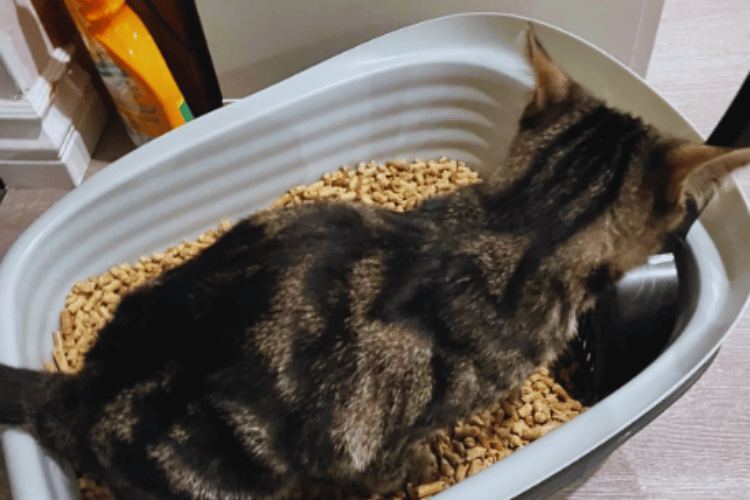
It's important to understand that these behavioral changes could be a sign of stress or discomfort. If you've noticed your cat or dog has suddenly stopped using the litterbox and has peed on your bed or buried their stool in your potted plants, it's worth investigating the root cause. While you work on resolving the issue, using wee pads can help manage the situation and keep your home clean. Remember, patience is key, and with the right approach, your pet will be back on track in no time.
Tips for Maintaining a Clean and Odor-Free Litter Area
Regularly replacing pee pads and cleaning the litter box are key to preventing odors and maintaining a hygienic space. Choose a consistent schedule for changing pads and scooping the litter box, and consider using odor-neutralizing pee pads for added freshness.
Strategies for Dealing with High-Maintenance Cats
If your cat is particularly messy or has a habit of peeing outside the box, pee pads can be a lifesaver. For male cats that may start spraying, pee pads offer an extra layer of protection against urine marking. Ensure the litter box is always clean, as cats are more likely to have accidents in a dirty box.
Integrating Pee Pads into Multi-Pet Households
In homes with more than one cat or where small dogs and cats coexist, pee pads can help manage the increased demand on litter boxes. They provide a practical solution for keeping the area tidy and can help prevent territorial disputes by ensuring a clean spot is always available for each pet.
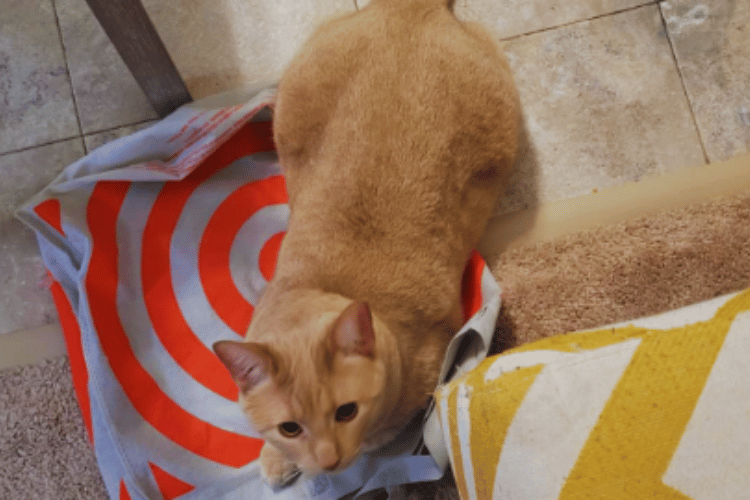
The Impact of Pee Pads on Inter-Pet Dynamics
Using pee pads can reduce stress for pets by minimizing the mess and odor associated with shared litter areas. This can lead to a more harmonious environment for all your pets, as they are less likely to encounter unpleasant surprises in their designated potty spots.
Cost-Effectiveness and Environmental Considerations
While pee pads are an additional expense, their ability to protect floors and reduce the need for frequent litter changes can make them a cost-effective solution in the long run. For environmentally conscious pet owners, there are biodegradable and washable pee pad options available that can lessen the ecological impact.
Balancing Budget and Benefits
When deciding whether to use pee pads, weigh the potential savings in litter and cleaning products against the cost of the pads themselves. Many pet owners find that the convenience and cleanliness provided by pee pads justify the investment.
Troubleshooting Common Pee Pad and Litter Box Issues
Occasionally, you may encounter challenges such as pee pads being shredded by your cat or the litter box being moved off the pad. Address these issues by securing the pads more firmly or using a heavier litter box that's less likely to shift. Always keep an eye on your cat's behavior to ensure they remain comfortable with the arrangement.
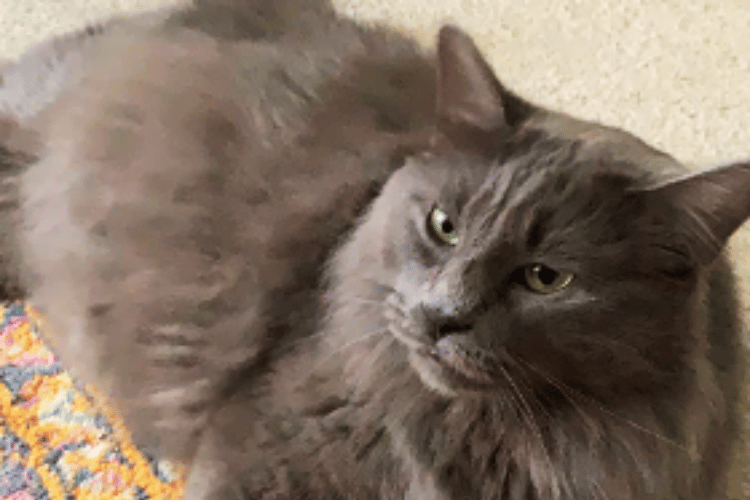
Solutions for Persistent Problems
If your cat consistently avoids the litter box or the pee pads don't seem to be working as intended, consult with a vet to rule out any underlying health issues. Sometimes, behavioral training or adjustments to the litter box setup may be necessary to resolve the problem.
Summary
Using pee pads under litter can be a highly effective strategy for maintaining a clean and odor-free home. They offer an additional layer of protection, save time on cleaning, and can be especially beneficial in multi-pet households. By selecting the right pee pads, positioning them correctly, and maintaining a consistent cleaning routine, you can enhance your cat's litter box experience and keep your home fresh and tidy.
FAQ Section
Q: Will using pee pads confuse my cat and disrupt their litter box habits? A: Most cats will not be confused by the addition of pee pads under their litter box. Introduce the pads gradually and maintain a consistent routine to help your cat adjust.
Q: How often should I change the pee pads under the litter box? A: Change pee pads as needed, depending on your cat's usage. A general guideline is to replace them once a week or whenever they become soiled to maintain cleanliness.
Q: Are pee pads an environmentally friendly option? A: There are eco-friendly pee pad options available, such as biodegradable or washable pads, which can reduce the environmental impact while still providing the benefits of traditional pee pads.
Thank you for visiting LegitLists we hope this helps you make a legitimate choice!






